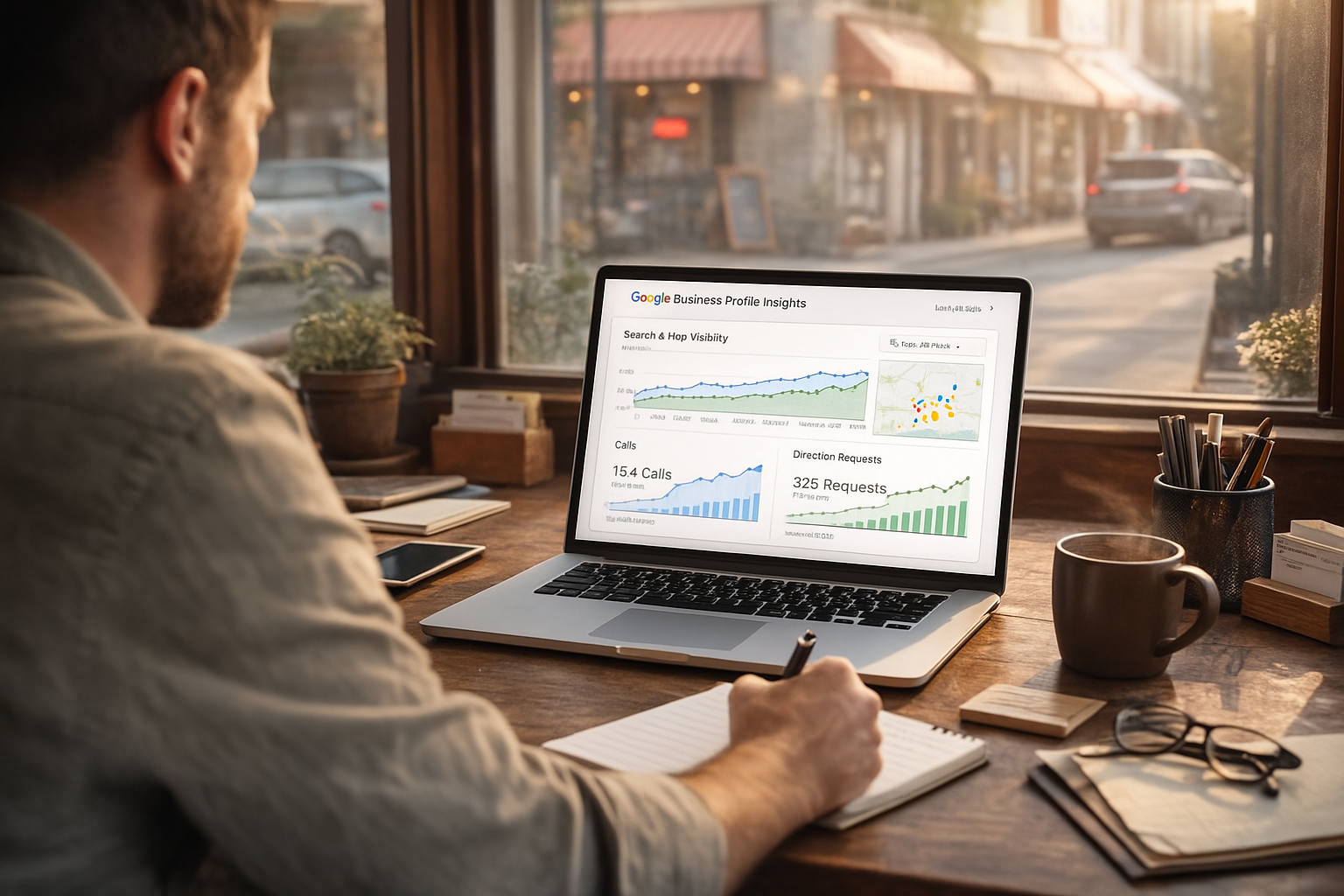Anatomy of a GetPhound Snow Day
A snow day is a weird day in the middle of the week where you are ready to go to work, and instead you are told that it is too dangerous to even go outside. We’ve had some crazy weather in the Philly area this year (remember the “bomb cyclone?”), so the GetPhound team has become pretty good at getting work done while enjoying these wonderful winter days. We invite you to take a head-to-toe journey with us through the anatomy of a hypothetical GetPhound snow day:
The 5:31 AM Text: Receive a text from Ross, who woke up one minute earlier to assess the situation from home base in Conshy. “Enjoy your snowy work from home day!” he says. It’s really, really early, so you don’t think much of this text at the time.
The Snooze: Alarm clocks ring, are snoozed, ring again, are shut off, ring again somehow…an eternal ebb and flow.

The Awakening: It’s time to get out of bed. You do have to work, but you want to be really cozy while you work. That means arranging some extra pillows on the couch and putting out cookies on a little plate.
The Couch: You’re cozy now. Nestle into the couch with your laptop and take care of emails, social media notifications, and website edits. A client calls and commiserates about the weather, but each of you suspects the other to actually be very cozy and content and possibly wearing pajamas.

The Snow Day Selfie: Take a selfie in front of the window. Your camera doesn’t really pick up the snow falling, so it just looks like a regular selfie.
The Empty Stomach: Hot soup is a good snow day food. Afterwards, you put on your coat and scarf and hat and big boots and bulky gloves and go outside. It’s not great. This is the icy stuff. You could make a snow angel, but that would probably involve getting ice in the hood of your coat. Retreat back to the couch and eat some more cookies.
The Full Stomach: The sun is out! It’s streaming directly onto the couch, and your stomach is full of soup and cookies. In order to avoid falling asleep for the rest of the day, you set up camp at the kitchen table and continue to tackle that digital marketing campaign.
The Mid Afternoon Break: What better way to celebrate a snow day than with a mug of hot chocolate? You rummage through your drawers and find one of those paper hot chocolate packets and dissolve it in milk. Very nostalgic.

The Darkness: The sun starts setting at, like, 4 PM. As darkness settles throughout the room, you reflect on this latest snow day. Cozyness was enjoyed. Work was accomplished. You even went outside for a few minutes.

Snow days are great, but we hope to be doing Anatomy of a GetPhound Beach Day before too long. In the meantime, bring on that balmy spring weather!
The post Anatomy of a GetPhound Snow Day appeared first on GetPhound.












